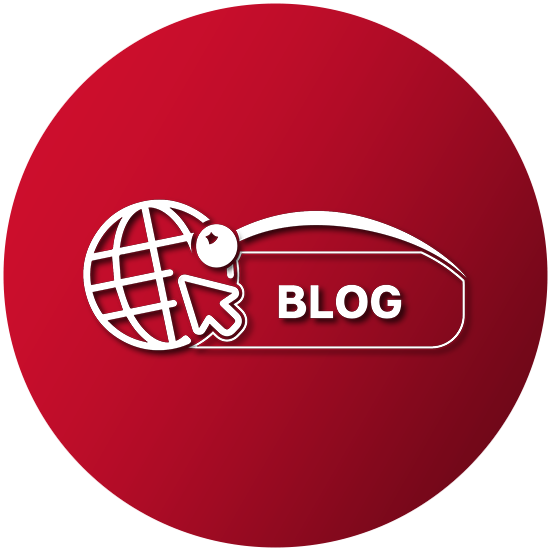S1000D Success: Common Challenges and How to Solve Them
As we count down to the S1000D User Forum and ATA e-Business Forum, we're excited to share our proven strategies for successful S1000D implementation. Learn about how JANA can support you through the challenges of adopting this standard in the second part of our S1000D series.
Understanding S1000D: The Modern Tech Doc Standard
Are outdated documentation processes holding you back? Discover how JANA can revolutionize your technical documentation through S1000D, ensuring consistency, accuracy, and efficiency across platforms.
JANA’s Structured Data Solutions: Transforming Data & Business
As we conclude our 4-part blog series on embracing the digital data revolution, we're excited to share the final installment: JANA's commitment to advancing industry standards and leading in structured data services.
A Comprehensive Approach to Documentation Optimization
Building on our previous discussion about How Structured Data Drives Business Growth, this post will guide you through assessing your current documentation processes and identifying areas for improvement.
How Structured Data Drives Business Growth
Learn how structured data enhances innovation by facilitating data-driven decision making, streamlining processes, and improving productivity in the second installment of our structured data series.
Are You Ready to Embrace the Digital Data Revolution?
The transition from paper-based methods to digital documentation is a fundamental shift in how we work. Learn more about it in the first installment of this 4-part blog series.
Business Value of Theory of Operations Content
Among all the kinds of technical documentation that can be written, a Theory of Operations document stands out as one that should be prioritized.
8 New Year’s Resolutions for Technical Information Managers
JANA has put together a list of 8 New Year’s Resolutions that will help put you on a productive path.
Readability of Technical Content
At its core, readability is a measure of a content consumer’s ability to understand the content. There are many factors that affect how the concepts in the content are comprehended, but most affecting readability are functions of the words used.
Digital Transformation and Rail
The railroad industry is embracing its own digital transformation. Norfolk Southern chief executive Jim Squires made a statement in-line with a vision that is becoming more common across the rail industry.
Is DITA the Answer for Learning and Training?
You can author, manage, and deliver your Learning & Training content in multiple languages and formats with DITA XML and a good Component Content Management System. The cost savings downstream can be substantial, but there is work to be done upfront.
Digital Twinning: The Future Is Now
Digital Twinning involves creating, observing, and manipulating a virtual replica of a real-world mechanical part, assembly, or system. This process builds a virtual counterpart.





